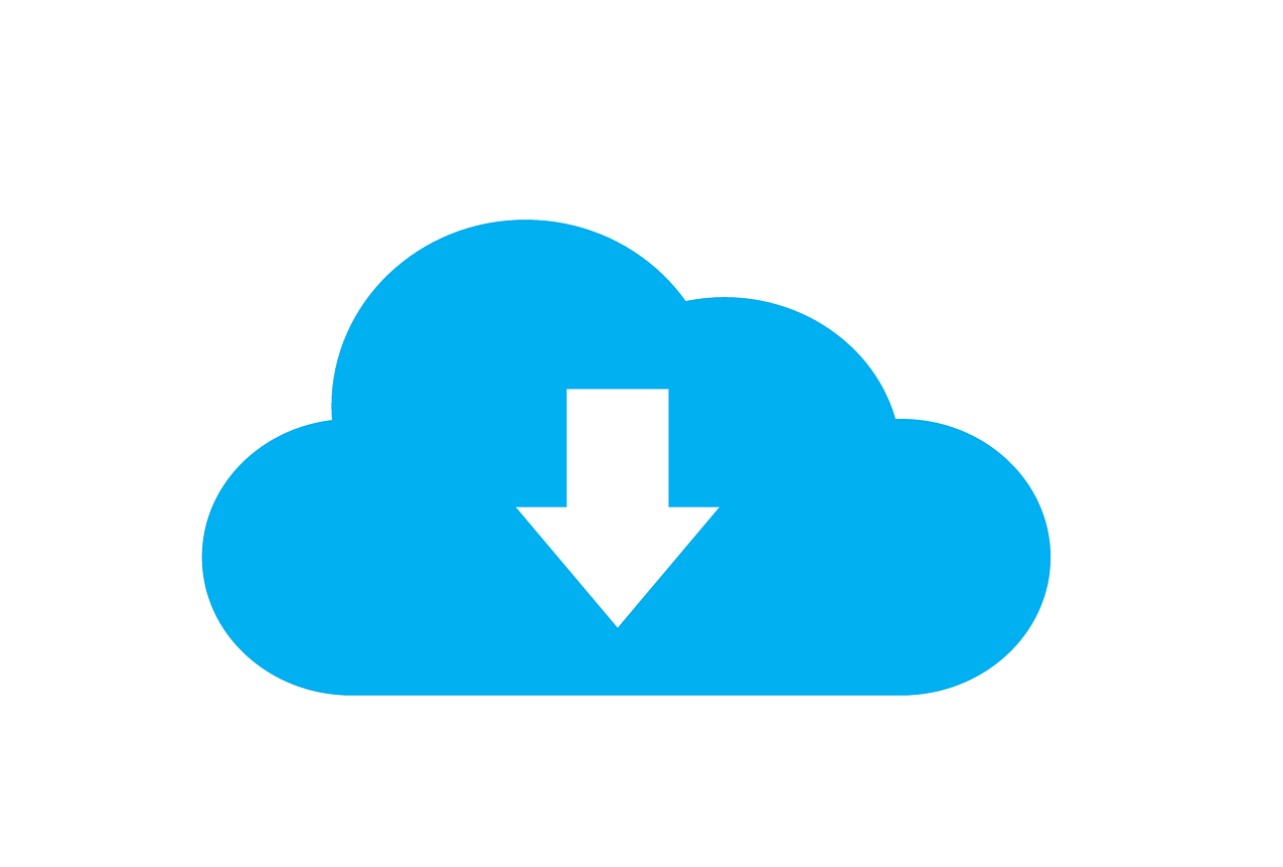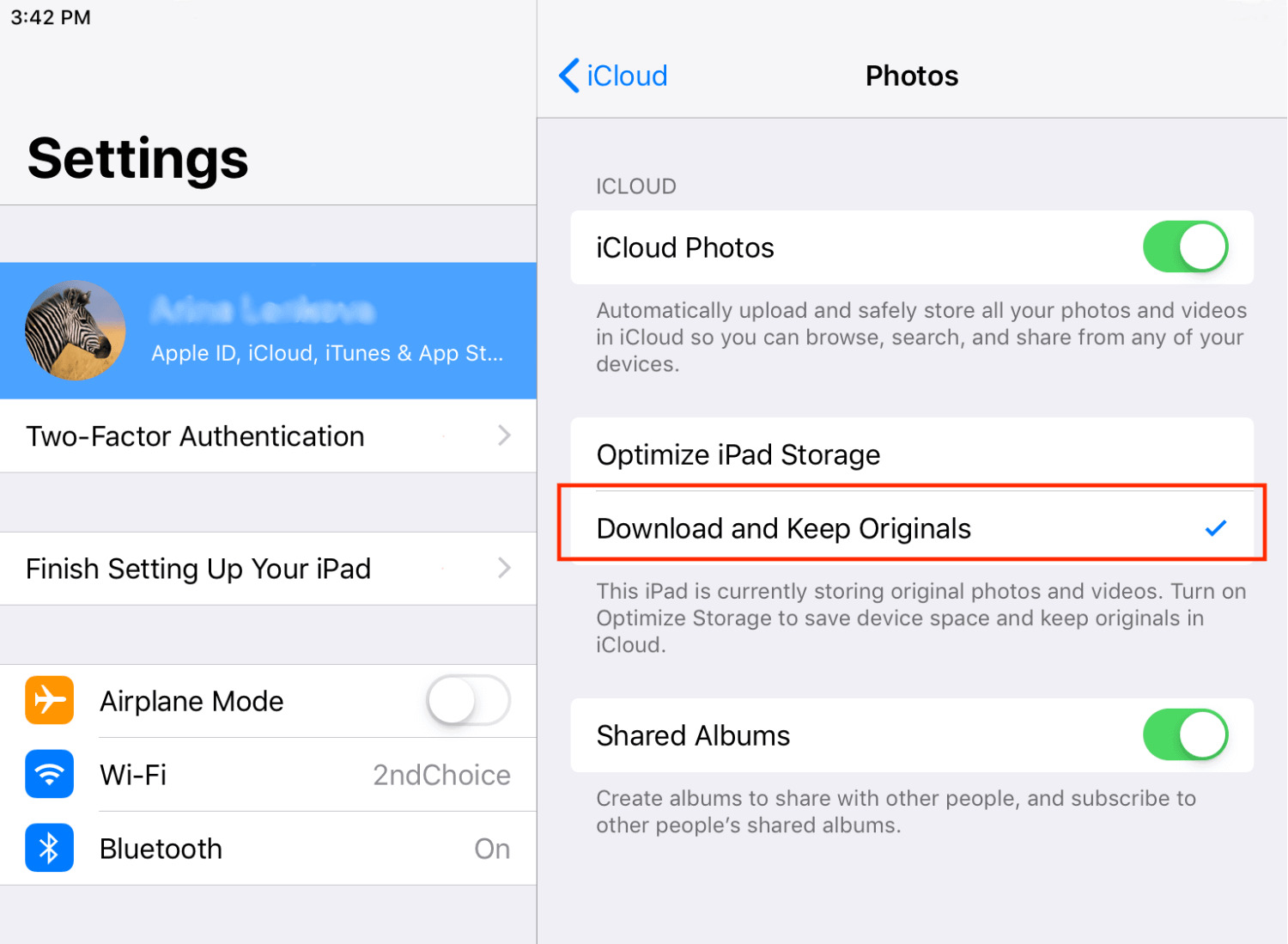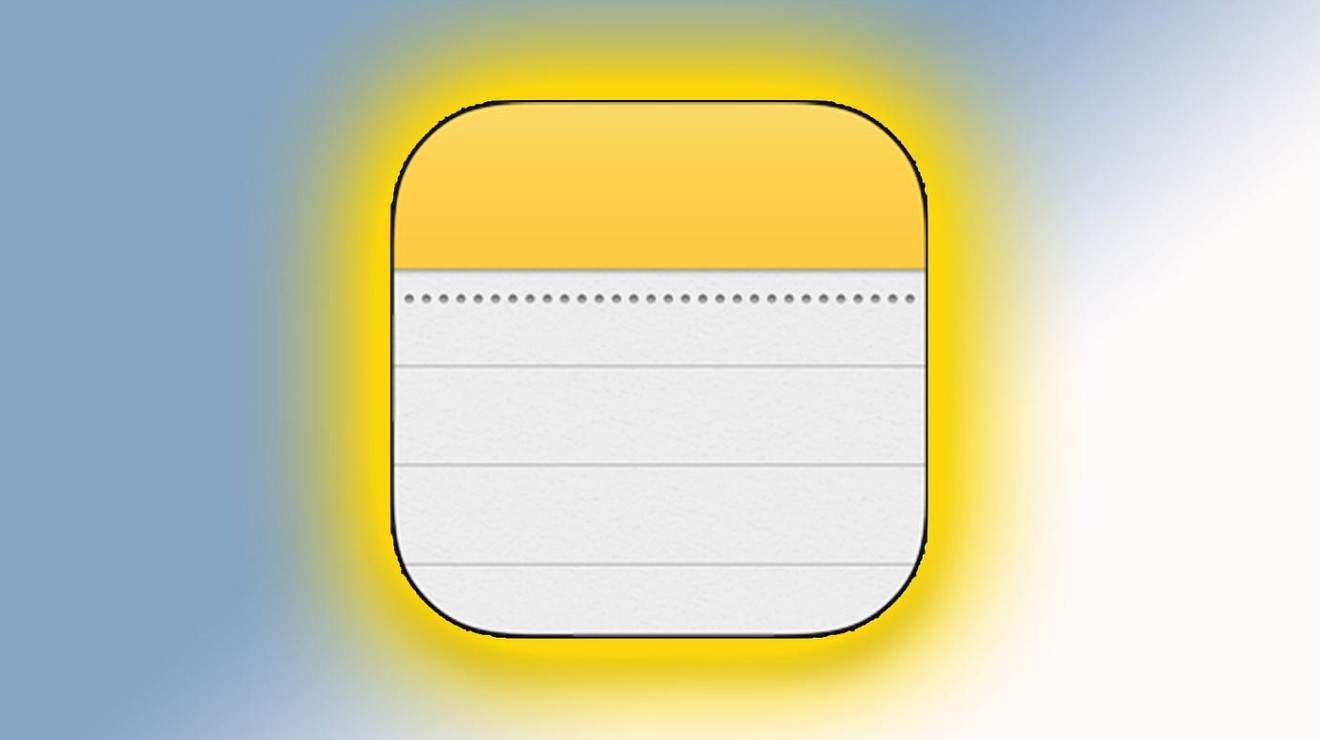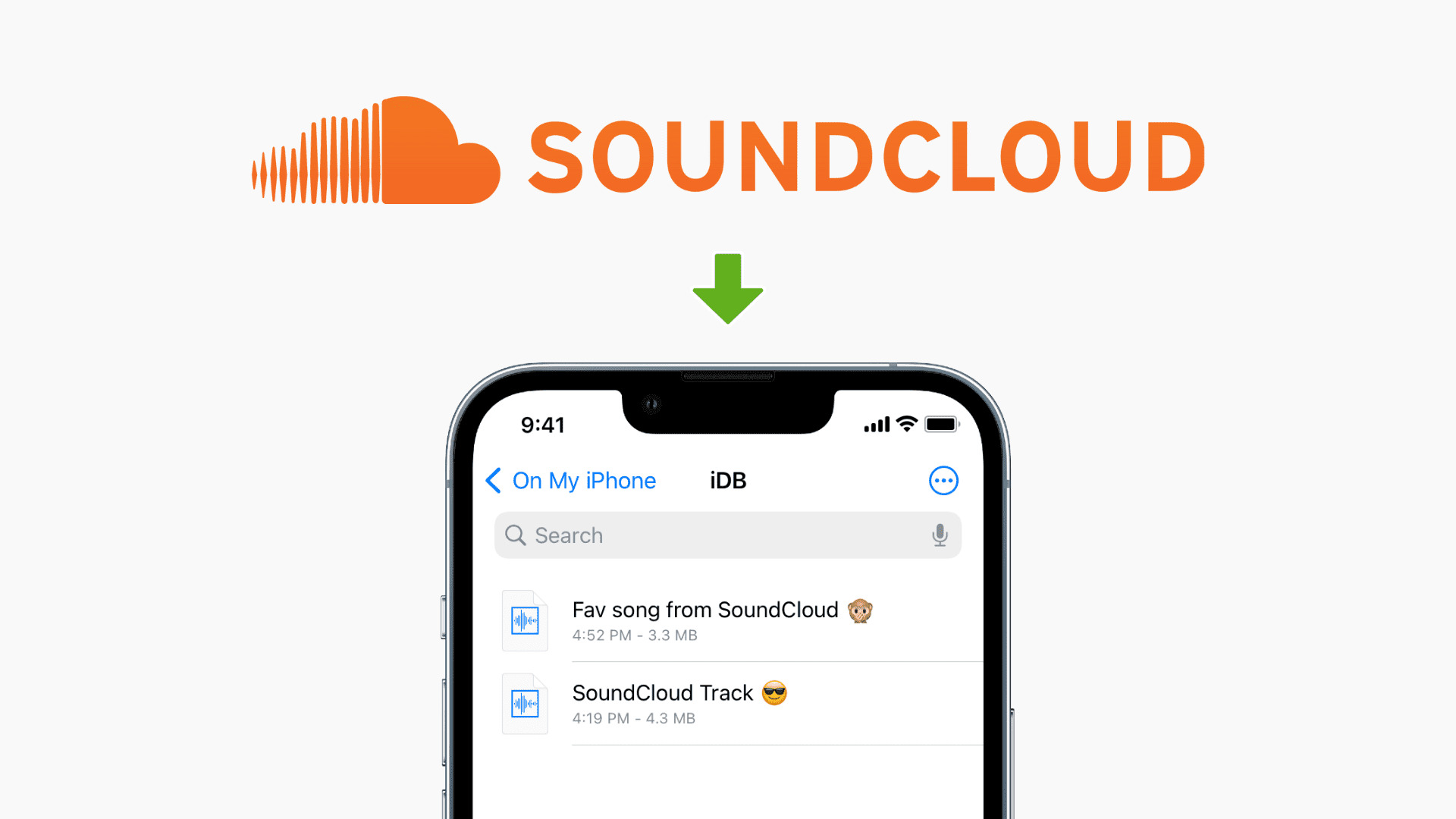Introduction
Welcome to the digital age, where storing and accessing files has become seamless with the help of cloud storage. Gone are the days of carrying around physical hard drives or relying on limited storage space on our devices. With cloud storage, we can now easily upload, store, and share our files from anywhere in the world.
But what exactly is the cloud, and how does it work? In this article, we will explore the concept of cloud storage, the benefits it offers, and how you can download files from the cloud with ease.
The cloud refers to a network of servers that are interconnected and stored in a remote location. These servers are maintained by cloud storage providers, who offer various plans and services for individuals and businesses to store and manage their files securely.
One of the primary benefits of using cloud storage is the flexibility it provides. Instead of being limited by the storage capacity of your physical device, you can store your files in the cloud and access them from any device with an internet connection. Whether you’re on your smartphone, tablet, or desktop computer, all your files are just a few clicks away.
Another advantage of cloud storage is the convenience it offers for file sharing and collaboration. You can easily share a file or folder with others, whether it’s for personal or professional purposes. This eliminates the need to send large attachments via email or physically hand over a USB drive.
Cloud storage also provides a layer of security for your files. Most cloud storage providers encrypt your data, ensuring that only authorized individuals can access it. This is particularly useful in cases where your device gets lost or stolen, as your files remain safe and can be easily recovered.
Now that we have a better understanding of the cloud and its benefits, let’s explore the different cloud storage providers available and the options they offer for downloading files.
What is the Cloud?
The cloud is a term used to describe a network of remote servers that are accessed over the internet to store, manage, and process data. Instead of relying on local storage devices, such as hard drives or USB flash drives, cloud storage allows users to upload and access their files from anywhere with an internet connection.
Cloud storage providers offer various plans and services to individuals and businesses, allowing them to store and manage their data securely in the cloud. These providers maintain multiple servers in data centers located in different geographical locations, ensuring redundancy and data availability even in the event of hardware failures or natural disasters.
When you upload a file to the cloud, it is stored on one or more of these remote servers. This eliminates the need for physical storage devices and reduces the risk of data loss due to device failure or damage. Additionally, cloud storage providers offer features like automatic backups and version control, giving users the peace of mind that their data is safe and easily recoverable.
One of the key advantages of cloud storage is its scalability. Traditional storage devices have a finite capacity, but with the cloud, you can easily increase or decrease your storage space based on your needs. Whether you’re a small business that needs extra storage for your growing data or an individual who wants to store a large collection of photos and videos, the cloud can accommodate your requirements.
Furthermore, the cloud enables seamless collaboration and file sharing. Instead of sending files as email attachments or copying them to physical media, you can simply share a link with others, granting them access to the files stored in your cloud storage. This promotes efficiency and productivity, particularly in work environments where team members need to collaborate on projects.
It’s important to note that while the cloud offers numerous benefits, it’s essential to choose a reliable and trustworthy cloud storage provider. Factors to consider include security measures, pricing plans, ease of use, and customer support. By making an informed choice, you can ensure that your data is protected and that you have access to the features and benefits that best suit your needs.
Now that you have a clearer understanding of what the cloud is and its advantages, let’s explore the different cloud storage providers available and the benefits they offer.
Benefits of Cloud Storage
Cloud storage has revolutionized the way we store, access, and share our files. It offers a wide range of benefits that make it an attractive option for individuals and businesses alike. Let’s explore some of the key advantages of using cloud storage:
- Easy Accessibility: One of the primary benefits of cloud storage is the ability to access your files from anywhere with an internet connection. Whether you’re at home, in the office, or on the go, you can easily retrieve and work on your files using any device, such as your computer, tablet, or smartphone.
- Scalability: Cloud storage allows you to expand your storage space based on your needs. Whether you need additional space for personal files or your business requires more capacity to handle growing data, cloud storage providers offer flexible plans to accommodate your requirements.
- Cost Savings: With cloud storage, you can avoid the expense of purchasing and maintaining physical storage devices. There’s no need to invest in external hard drives or server infrastructure. Instead, you pay a subscription fee based on the amount of storage you need, providing a cost-effective solution for your data storage needs.
- File Synchronization: Cloud storage platforms often provide file synchronization across multiple devices. This means that when you make changes or updates to a file on one device, those changes are automatically synced across all your connected devices. This ensures that you’re always working with the latest version of your files.
- Data Security: Cloud storage providers implement robust security measures to protect your data. They utilize encryption techniques to safeguard your files in transit and at rest. Additionally, they employ advanced authentication methods to ensure that only authorized users have access to your data.
- Collaboration and File Sharing: Cloud storage simplifies collaboration by allowing multiple users to access and work on the same files simultaneously. Whether you’re working on a project with colleagues or sharing vacation photos with family and friends, cloud storage makes it easy to collaborate and share files securely.
- Data Backup: Cloud storage provides an additional layer of security by offering automated data backup. Your files are regularly backed up to remote servers, protecting your data from hardware failures, accidental deletions, or other unforeseen events. This ensures that your valuable files are safe and can be easily restored.
Overall, cloud storage offers convenience, flexibility, and peace of mind. By moving your files to the cloud, you can enjoy easy accessibility, seamless collaboration, and enhanced data security. It’s no wonder that cloud storage has become the go-to solution for individuals and businesses alike.
Now that we’ve explored the benefits of cloud storage, let’s delve into the different cloud storage providers available and the features they offer for downloading files.
Different Cloud Storage Providers
With the increasing popularity of cloud storage, numerous providers have emerged, offering a wide range of options for individuals and businesses. Let’s take a look at some of the most popular cloud storage providers and the unique features they offer:
- Google Drive: As part of the Google Suite, Google Drive provides users with a generous amount of free storage space (15GB) and offers various pricing plans for additional storage. It seamlessly integrates with other Google services, such as Google Docs, Sheets, and Slides, providing a comprehensive productivity suite. With easy file sharing options and real-time collaboration, Google Drive is a popular choice for personal and professional use.
- Dropbox: Dropbox is known for its user-friendly interface and seamless file syncing across devices. It offers a free basic plan with limited storage and paid plans with higher storage capacities. Dropbox’s simplicity and reliability make it a preferred choice for individuals and small businesses looking for a straightforward cloud storage solution.
- Microsoft OneDrive: Integrated with Microsoft Office, OneDrive is a popular choice for Windows users. It offers a generous amount of free storage space (5GB) and integrates seamlessly with other Microsoft services. With collaboration features and version control, OneDrive is an excellent choice for individuals and businesses heavily reliant on Microsoft Office tools.
- Apple iCloud: Apple iCloud provides seamless integration with Apple devices, offering automatic backup and synchronization of files across multiple devices. It offers a free plan with 5GB of storage, as well as various paid plans. iCloud is an excellent choice for Apple users who value the convenience of syncing their files across their iPhone, iPad, and Mac devices.
- Amazon Drive: Amazon Drive offers flexible storage plans and integrates well with other Amazon services, such as Prime Photos and Amazon Music. It provides a secure platform for storing and sharing files, making it a popular choice among Amazon’s substantial customer base.
- Box: Box is a cloud storage provider that focuses on enterprise-level security and collaboration. It offers features such as granular access permissions and robust administrative controls, making it ideal for businesses that prioritize data security and collaboration.
These are just a few examples of the many cloud storage providers available today. When choosing a provider, it’s essential to consider factors such as storage capacity, ease of use, collaboration features, security measures, and pricing options. Take your time to evaluate your needs and compare the features offered by different providers to find the one that aligns best with your requirements.
Now that we’ve explored the different cloud storage providers, let’s move on to understanding the download options available when using cloud storage.
Understanding Download Options
When it comes to downloading files from the cloud, various options are available depending on the cloud storage provider and the device you’re using. Let’s explore some of the common download options and their features:
- Direct Download: Direct download is the simplest and most straightforward way to retrieve files from the cloud. It involves clicking on a download link or button provided by the cloud storage provider. The file is then downloaded directly to your device, typically to a designated downloads folder. This option is convenient for individual file downloads or when you want to quickly access a specific file.
- Syncing and Offline Access: Some cloud storage providers offer the ability to synchronize files between your device and the cloud. This means that files are automatically downloaded and updated on your device whenever changes are made in the cloud storage. This enables you to access your files even when you’re offline, providing seamless continuity in your work or entertainment.
- Selective Sync: Selective sync is a feature provided by certain cloud storage providers. It allows you to choose specific folders or files to be downloaded to your device, rather than syncing your entire cloud storage. This can be useful when you have limited storage space on your device or want to focus on specific files for offline access.
- Mobile Applications: Many cloud storage providers offer mobile applications that allow you to access and download files directly to your smartphone or tablet. These applications often provide additional features, such as automatic photo backups, document editing, or file sharing options. Mobile apps enable convenient access to your files on the go and enhance productivity when using mobile devices.
- Web Browser Access: Most cloud storage providers also offer web browser access to your files. This means that you can log in to your cloud storage account from any browser and download or manage your files directly from the web interface. Web browser access is useful when you’re working on a device that doesn’t have the cloud storage provider’s dedicated application installed.
- External Applications and Integrations: Many cloud storage providers offer integrations with third-party applications, such as image editors, video players, and document management tools. These integrations allow you to open and edit files stored in the cloud directly from these applications, streamlining your workflow and enhancing collaboration.
It’s important to note that download options may vary depending on the cloud storage provider and the device you’re using. Some providers may have additional features specific to their platform, such as offline access on mobile devices or collaboration options within their applications. Consider your specific needs and preferences when choosing a cloud storage provider to ensure that their download options align with your requirements.
Now that we’ve understood the different download options available, let’s dive into a step-by-step guide on how to download files from the cloud.
Step-by-Step Guide: How to Download from the Cloud
Downloading files from the cloud is a straightforward process that can vary slightly depending on the cloud storage provider you’re using. However, the general steps outlined below will give you a good understanding of how to download files from the cloud:
- Step 1: Log in to your Cloud Storage Account: Open a web browser and navigate to the website of your cloud storage provider. Enter your login credentials to access your account.
- Step 2: Navigate to the file or folder you want to download: Use the file browser or search function provided by the cloud storage platform to locate the file or folder that you want to download.
- Step 3: Select the file or folder: Click on the file or folder to select it. If you’re downloading multiple files, you can usually hold down the Ctrl key (Windows) or Command key (Mac) while clicking on each file to select them.
- Step 4: Initiate the download: Depending on your cloud storage provider, you might see a download button, an option in the contextual menu, or a keyboard shortcut (such as right-clicking and selecting “Download” or pressing a download shortcut key). Click on the appropriate option to start the download process.
- Step 5: Choose the download location: A dialog box may appear asking you to choose the download location on your device. Select the folder or directory where you want the file(s) to be saved. You can also choose to open the file directly after it’s downloaded.
- Step 6: Monitor the download process: Once the download starts, you’ll typically see a progress bar or indicator showing the status of the download. Wait for the download to complete before accessing or using the file.
- Step 7: Repeat the process for additional files: If you have more files or folders to download, repeat steps 2 to 6 for each item until you’ve downloaded all the necessary files.
Following these steps will allow you to download files from the cloud, whether it’s a single document, a folder containing multiple files, or a selection of specific files.
It’s worth noting that some cloud storage providers offer additional options during the download process, such as choosing the download format for certain file types or setting download preferences. Familiarize yourself with the features and settings of your specific cloud storage provider to make the most out of your download experience.
Now that you know how to download files from the cloud, let’s explore some additional tips for efficient cloud downloading.
Additional Tips for Efficient Cloud Downloading
Downloading files from the cloud can be a seamless and efficient process with the right approach. Here are some additional tips to help you optimize your cloud downloading experience:
- Organize your files: Before downloading files from the cloud, take the time to organize them into folders and subfolders. This will make it easier to locate and select the specific files or folders you want to download, saving you time and effort.
- Utilize sync and selective sync: If your cloud storage provider offers synchronization features or selective sync, take advantage of them. Syncing will automatically download and update files on your devices, ensuring you always have the latest versions available. Selective sync allows you to choose which files or folders to sync, saving storage space on your devices.
- Check for download options: Explore the downloading options provided by your cloud storage provider. They may offer additional features such as resuming interrupted downloads, prioritizing certain downloads, or scheduling downloads during off-peak hours. Understanding these options can help you customize your download process to suit your needs.
- Monitor available storage space: Keep an eye on the storage space available on your device. If you have limited space, consider periodically deleting downloaded files that are no longer needed or moving them to an external storage device. This will ensure you have enough room for new downloads.
- Use download managers: Consider using download manager software or browser extensions that can enhance your downloading experience. These tools often offer features like download acceleration, batch downloading, and the ability to pause and resume downloads. They can help streamline and optimize your cloud downloading process.
- Regularly backup downloaded files: It’s good practice to create regular backups of your downloaded files. You can use additional cloud storage or external storage devices to back up your important files, providing an extra layer of data protection.
- Optimize your internet connection: A stable and fast internet connection can significantly improve your download speed and overall experience. If possible, connect to a reliable and high-speed network when downloading large files or multiple files simultaneously.
By following these tips, you can make your cloud downloading process more efficient and seamless. Take advantage of the features and options provided by your cloud storage provider, and leverage additional tools and software to enhance your experience.
Now that we’ve explored tips for efficient cloud downloading, let’s wrap up this article by summarizing what we’ve learned and highlighting the benefits of using cloud storage.
Conclusion
In this article, we have delved into the world of cloud storage and explored the various aspects of downloading files from the cloud. We learned that the cloud is a network of remote servers that provides convenient and secure storage for our files.
We discussed the benefits of using cloud storage, including easy accessibility, scalability, cost savings, and enhanced collaboration. We also explored different cloud storage providers such as Google Drive, Dropbox, Microsoft OneDrive, Apple iCloud, Amazon Drive, and Box, each with its own unique features and advantages.
We then examined the different download options available when retrieving files from the cloud, such as direct download, syncing and offline access, selective sync, mobile applications, web browser access, and external applications and integrations.
To help you navigate the process, we provided a step-by-step guide for downloading files from the cloud. We highlighted the importance of organizing your files, utilizing sync and selective sync features, checking available download options, monitoring storage space, using download managers, and optimizing your internet connection.
In conclusion, cloud storage has revolutionized the way we store, access, and share our files. It offers numerous benefits, including easy accessibility, scalability, cost savings, and enhanced collaboration. Downloading files from the cloud is a straightforward process, and by following the tips provided, you can make it more efficient and seamless.
Remember to choose a reliable and trustworthy cloud storage provider that aligns with your needs and preferences. Always prioritize the security and privacy of your files by utilizing encryption features, backup options, and strong passwords.
Embrace the power of the cloud and enjoy the convenience and flexibility it offers for your file storage and management needs. With cloud storage, your files are always within reach, no matter where you are or which device you’re using.

























